

Volume 26
Published on November 2023Volume title: Proceedings of the 2023 International Conference on Functional Materials and Civil Engineering

Many super high-rise buildings emerge in modern cities with urban development, facilitating work, accommodations, etc. However, their safety risks and accidents due to the wind are urgent problems with the complex flow field in cities. The research on wind loads of super high-rise buildings is thus crucial, but most studies tend to consider only the influence of the surrounding single-scale building clusters, rarely considering multi-scale ones. In this paper, the influence of the surrounding multi-scale building clusters on the wind loads of a super high-rise building is investigated. The wind field of a super high-rise building surrounded by four different arrangements of idealized, simplified buildings is first simulated using computational fluid dynamics (CFD) methods: RANS and Hybrid LES/RANS models. It is found that surrounding tall buildings can significantly affect the pressure distribution on the windward and leeward sides of the super high-rise building, such as fluctuating, extreme, and mean wind pressure. The vortex, formed largely due to short buildings, increases the negative pressure at the back of the super high-rise building. In addition, simulations are conducted for the wind field around the CITIC Tower in Beijing CBD, and it is found that the flow field of the actual building group is more complex due to the strong interactions between buildings, and the flow near the ground is even more complex. All simulation results are validated by the wind tunnel tests. This study can provide important guidance for the wind safety design of super high-rise buildings and the future planning of urban buildings.

 View pdf
View pdf


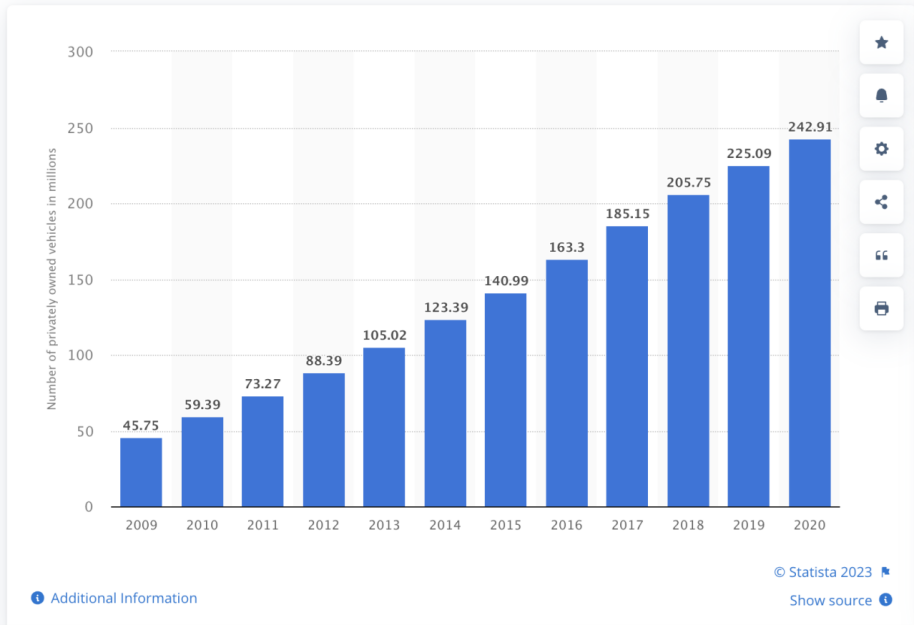
One of the most important things that affect people’s lives is transit. Everyone relies on transit to go to different places. Due to a high amount of private car ownership in the city, traffic jams start to occur. Then, demands start to show up on public transit. Lots of people nowadays rely on public transit to go to different places. Therefore, a small modification on a transit line could affect a massive number of residents. To build an accessible and eco-friendly transit has always been a goal for most of the city governments and agencies. In this essay, some factors that affect modern transit and people’s intention to ride transit in Shanghai will be discussed. Shanghai’s different transit factors, including private cars ownership, public transit coverage, and eco-friendly fleet rate will be compared among two other similar cities globally. Some suggestions on different dimensions of transit will be given to help Shanghai to build a greener and more efficient transit, to reduce the air pollution and traffic congestion.

 View pdf
View pdf


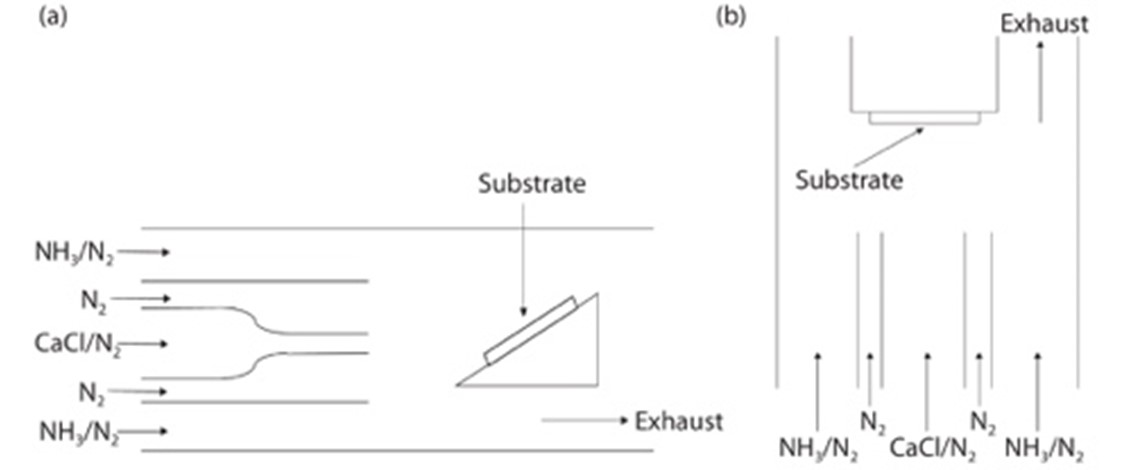
GaN is a third-generation semiconductor. As an ideal material of the new generation semiconductor today, it has many features such as high saturated electron mobility and wide band. The methods of GaN growth developed rapidly recently. We reviewed recent artiles and then we collect the various of methods about the GaN single crystal growth, after that we compare the difference among these method. This paper mainly talks about three methods of growing GaN single crystal: The Ammonothermal method, the Sodium-flux growth method, and the Halide vapor phase epitaxy (HVPE), and we collect both of the advantages and disadvantages. By putting all characteristics of each methods together we found that combining the HVPE method and Ammonothermal method together can connect the advantages together and avoid some of these disadvantages. We can use the HVPE method to grow the GaN seed and expand the crystal using the Ammonothermal method may be a good choice to grow the GaN single crystal at a low cost. Because if we start with Ammonothermal method, it is easy to form the polycrystalline and if we use the HVPE method to grow large crytal, it is too expensive to do so. Therefore, combining two methods can avoid the disadantages in each other and save the cost when growing.

 View pdf
View pdf



With the rate of adoption of new energy vehicles, the manufacturing industry of power batteries is swiftly entering a rapid development trajectory. The current construction of new energy vehicles encompasses a variety of different types of batteries. This article offers a summary of the evolution of power batteries, which have grown in tandem with new energy vehicles, oscillating between decline and resurgence in conjunction with industrial advancements, and have continually optimized their performance characteristics up to the present. The main body of this text is dedicated to presenting the working principles and performance features of four primary power batteries: lead-storage batteries, nickel-metal hydride batteries, fuel cells, and lithium-ion batteries, and introduces their current application status and future development prospects. In conclusion, this piece identifies technical obstacles that need to be urgently overcome in the future of new energy vehicle power batteries and anticipates future development trends and emerging battery technologies in current research and development.

 View pdf
View pdf


Due to the burning of fossil energy which is a non-renewable nature resource, it has caused many environmental problems, then the world began to face energy shortage and environmental problems. In order to solve these two problems, people have started to develop new energy sources and vigorously research new methods for energy’s efficient storage and utilization. The Li-ion battery is a research priority because it has great properties such as high specific energy and environmental friendliness, but they still need further performance improvement before it can be put into use. In this paper, the lithium-ion battery’s anode is selected as the research object to investigate the performance of carbon-based nanomaterials, silicon-based nanomaterials, and metal-based nanomaterials, and to study the actual performance and modification methods to analyze the application prospects of the materials. Improving the Li-ion battery cathode material performance can significantly improve the battery’s capacity and performance stability, speed up the process of putting lithium-ion batteries into use, and improve people's ability to store and use energy to cope with the energy crisis.

 View pdf
View pdf


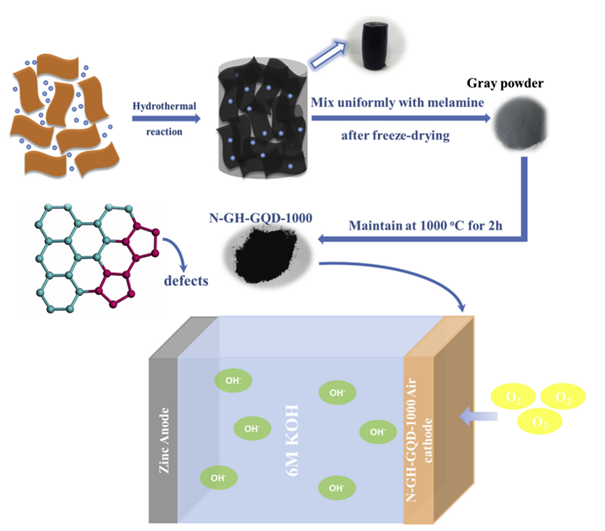
With the advent of quantum dots, it has been widely used to various fields of material science to enhance the performance. This study focuses on the potential of graphene quantum dots (GQDs) to improve the performance of zinc batteries. Due to its unique photoelectric properties, high surface area and excellent conductivity, GQDs shows significant application potential in the field of battery technology. This article mainly discusses the possibility of using GQDs to improve the charge and discharge efficiency of zinc batteries, including how to improve the conductivity of the electrode, provide more active sites, and increase the energy storage capacity of the battery. The paper also identifies key challenges and limitations in this area, including the material complexity of GQDs, scalability issues, impact on battery stability, and environmental impact. Finally, the article provides some ideas on how to address these challenges and the future of GQDs applications in zinc batteries.

 View pdf
View pdf


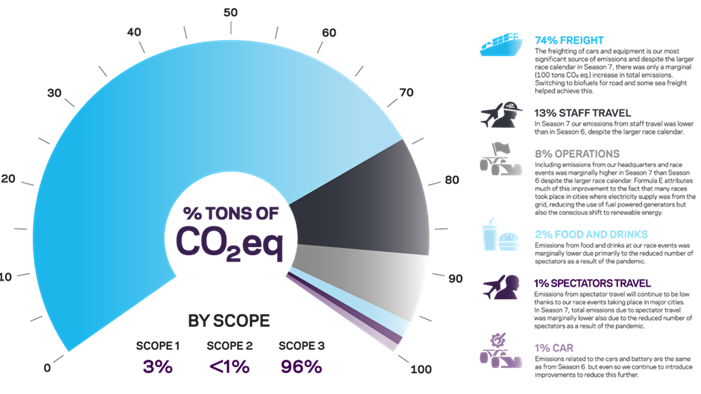
Formula E is a kind of racing that combines green energy use with high-speed racing. From the organization's methods and the technological achievements of recent years, it shows the potential for zero emissions of carbon dioxide. The situation now is optimal and with a clear future (actual plan published by FIA), it shows lots of events still need to improve to achieve the goal. The essay wants to achieve a balance between zero emissions and the observability of racing. So first, the essay focuses on the Formula E, its plan, and its GEN-3 racing car’s data. The essay also collects the models of the newly developed hydrogen racing car and nuclear-power racing car. Using this data, the essay concludes that it is better to only focus on Formula E recently, but there is still a larger potential for other driving systems.

 View pdf
View pdf


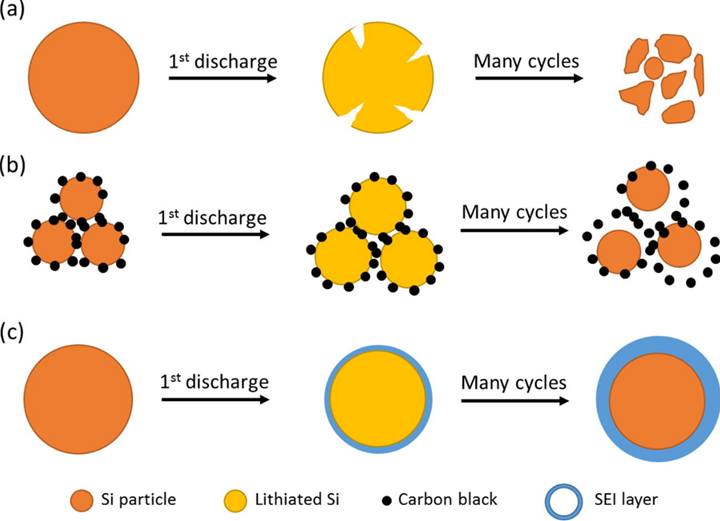
Due to its high specific capacity, silicon anode has gained interest on a global scale as the anode of next-generation lithium-ion batteries (LIBs). However, it is challenging for silicon anodes to replace graphite anodes for widespread use due to the inevitable volume expansion and SEI film development generated by silicon during the lithiation/delithiation process. Among these, the advancement of nanotechnology has sped up the development of silicon anodes. This paper reviews nanotechnology applied in the Si anode to improve the battery performance. The volume expansion of Si is effectively decreased by reducing the volume of the silicon anode in order to increase its specific surface area. Additionally, the smaller negative electrode reduces the distance traveled by lithium ions, greatly increasing the silicon negative electrode's efficiency. At present, the main silicon nano-anode materials include nanoparticles, nanowires, nanosheets, nanotubes, nanoporous materials and so on. It is hoped that this review will provide a deep prospect introduction to the nano-silicon anode. Pure silicon nanoparticles and silicon nanowires, and new nanomaterials composed of them with graphite, graphene, metals, etc.

 View pdf
View pdf


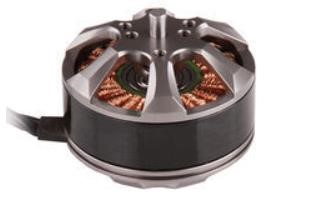
Human technology has developed very rapidly in just a few hundred years, especially in the development of transportation and travel methods. From the very beginning, the emergence of the steam engine, to the widespread use of internal combustion engines based on fossil fuel energy, and now the popularity of electric motors. This development process not only shows the rapid development of human science and technology, but also shows people's efforts in terms of fast, convenient, rapid and energy-saving transportation. Especially in the combination of electricity and people's transportation modes: from the very beginning of electric locomotives to electric vehicles with low prices and low maintenance costs, electricity is more and more widely used in traffic life. This study will focus on the production of electricity and the drawbacks in the process of electricity production, and the mainstream use of electricity in transportation. Finally, the future of transportation electrification is prospected and considered appropriately.

 View pdf
View pdf


Against the backdrop of escalating global carbon emissions, the emergence of electric aircraft has provided a promising avenue for addressing this pressing challenge. This article discusses the development background, definition, classification, and successful trial cases of electric aircraft, and summarizes the advantages of electric aircraft compared with traditional fossil fuel aircraft. Electric aircraft can be classified into different categories based on several factors, including their power system, purposes, and passenger-carrying capabilities. These classifications help in understanding the diverse range of electric aircraft designs and their suitability for specific purposes. And it has the advantages of emission reduction and noise reduction, economic comfort, high efficiency and reliability, which will have a positive impact on the construction of the new urban transportation system in the future. And then this article introduces the current technological development status from three aspects: electric propulsion system, body material and battery. As an environmentally friendly, efficient and sustainable aviation transportation solution, electric aircraft are receiving more and more attention and research.

 View pdf
View pdf




